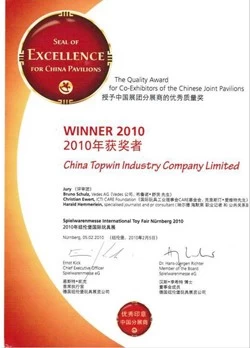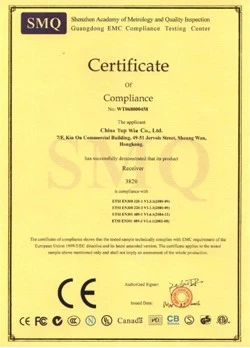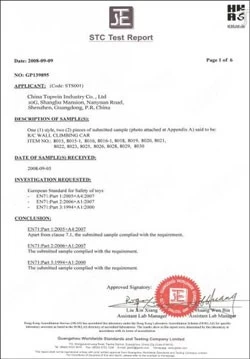Knowing Battery
Lithium-ion
Some battery users insist that a passivation layer develops on the cathode of a lithium-ion cell
after storage. Also known as interfacial protective film (IPF), this layer is said to restrict ion flow,
cause an increase in internal resistance and in the worst case, lead to lithium plating. Charging,
and more effectively cycling, is known to dissolve the layer and some battery users claim to have
gained extra runtime after the second or third cycle on a smartphone, albeit by a small amount.
Scientists do not fully understand the nature of this layer, and the few published resources on this
subject only speculate that performance restoration with cycling is connected to the removal of the
passivation layer. Some scientists outright deny the existence of the IPF, saying that the idea is
highly speculative and inconsistent with existing studies. Whatever the outcome on the passivation
of Li-ion may be, there is no parallel to the “memory” effect with NiCd batteries that require
periodic cycling to prevent capacity loss. The symptoms may appear similar but the mechanics
are different.Nor can the effect be compared tosulfation of lead acid batteries.
A well-known layer that builds up on the anode is the solid electrolyte solid electrolyte interface
(SEI). SEI is an electrical insulation but has sufficient ionic conductivity to allow the battery to
function normally. While the SEI layer lowers the capacity, it also protects the battery. Without
SEI, Li-ion might not get the longevity that it has.
The SEI layer develops as part of a formation process and manufacturers take great care to do
this right, as a batched job can cause permanent capacity loss and a rise in internal resistance.
The process includes several cycles, float charges at elevated temperatures and rest periods that
can take many weeks to complete. This formation period also provides quality control and assists
in cell matching, as well as observing self-discharge by measuring the cell voltage after a rest.
High self-discharge hints to impurity as part of a potential manufacturing defect.
Electrolyte oxidation (EO) also occurs on the cathode. This causes a permanent capacity loss
and increases the internal resistance. No remedy exists to remove the layer once formed but
electrolyte additives lessen the impact. Keeping Li-ion at a voltage above 4.10V/cell while at an
elevated temperature promotes electrolyte oxidation. Field observation shows that the combination
of heat and high voltage can stress Li-ion more than harsh cycling.
Lithium-ion is a very clean system that does not need additional priming once it leaves the factory,
nor does it require the level of maintenance that nickel-based batteries do. Additional formatting
makes little difference because the maximum capacity is available right from the beginning, (the
exception may be a small capacity gain after a long storage). A full discharge does not improve the
capacity once the battery has faded — a low capacity signals the end of life. A discharge/charge
may calibrate a “smart” battery but this does little to improve the chemical battery. Instructions
recommending charging a new Li-ion for 8 hours are written off as “old school,” a left-over from
the old nickel battery days.
Non-rechargeable Lithium
Primary lithium batteries, such as lithium-thionyl chloride (LTC), benefit from passivation
in storage. Passivation is a thin layer that forms as part of a reaction between the
electrolyte, the lithium anode and the carbon-based cathode. (Note that the anode of a
primary lithium battery is lithium and the cathode is graphite, the reverse of Li-ion.)
Without this layer, most lithium batteries could not function because the lithium would cause
a rapid self-discharge and degrade the battery quickly. Battery scientists even say that the
battery would explode without the formation of lithium chloride layers and that the passivation
layer is responsible for the battery's existence and the ability to store for 10 years.
Temperature and state-of-charge promote the buildup of the passivation layer. A fully
charged LTC is harder to depassivate after long storage than one that was kept at a low
charge. While LTC should be stored at cool temperatures, depassivation works better when
warm as the increased thermal conductivity and mobility of the ions helps in the process.
|
CAUTION |
Do not apply physical tension or excessive heat to the battery. Explosions due to careless handling have caused serious injuries to workers.. |











